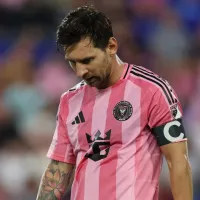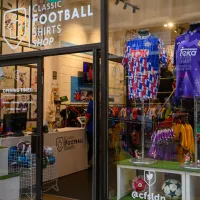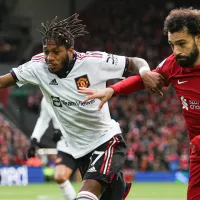When a soccer club signs a huge player, we often assume shirt sales will be a huge financial windfall for the club. But is that really the case? Data suggests that it’s not as large a chunk of club revenue as you might think.
Figures posted at The Sports Journal reveal the shirt sales revenue for each club in the Premier League from 2022. Being the biggest and most popular club in the world, this is a good reference. Few other leagues or clubs bring in comparable sales in terms of shirts.
For example, Manchester United led the way in 2022, with £106.1 million in shirt sales ($134.7 million). This was no doubt boosted by Ronaldo’s return to the club in 2021. It sounds like a whole lot of money, and it is.
However, as The Sports Journal indicates, consider the scenario when a team sells 100,000 replicas of a player’s shirt throughout a given season. “The new Liverpool home jersey costs £75 a piece, thus selling the shirt at that price would generate a total revenue of £7.5 million, of which a club would typically receive a 7.5% fee. Therefore, the commission earned by the club on the sale of this player’s shirt would be little over £562,000.”
Soccer shirt sales aren’t as big of a impact as you may think
In the grand scheme of the modern soccer business, it’s almost a drop in the bucket. It’s not even enough to cover the transfer fee of one major player. For example, when United signed Brazilian winger Antony from Ajax in 2022, they paid a $103.7 million transfer fee. In total, they spent over $265 million on transfers in 22/23. And that’s before you even consider paying the regular team wages, which was in the ballpark of $275.1 million for the club.
After you get past the first couple of clubs on the list, the numbers start to slide off significantly. Liverpool and Chelsea weren’t far behind United, at £94.3 and £92.8 million in shirt sales respectively. Arsenal drove £77.3 million in sales, but after that it’s a cliff. Manchester City, who’ve won five of the past six EPL seasons, only made £37.3 million in shirt revenue.
Towards the bottom, it’s almost entirely insignificant. Fulham, Nottingham Forest, Brighton, Wolves and Norwich all made under £2 million from shirt sales.
It helps to remember that clubs only get a small percentage of the funds when someone buys a shirt. Usually they’ll get a flat sponsorship fee up front from the supplier (Nike, Puma, Adidas, etc.), and then a small cut of each sale (plus all the kits and training gear for the team to actually use). So in reality, it works much like any other sponsor deal a club might have. Popular clubs bring in more lucrative deals, and also sell more shirts.
There are other wrinkles from team to team when it comes to their deals with kit suppliers. But in large part, revenue from kit sales is nothing more than a little extra gravy on top of whatever other income sources are available. TV and media rights being the main course, of course.
Photos: Imago















